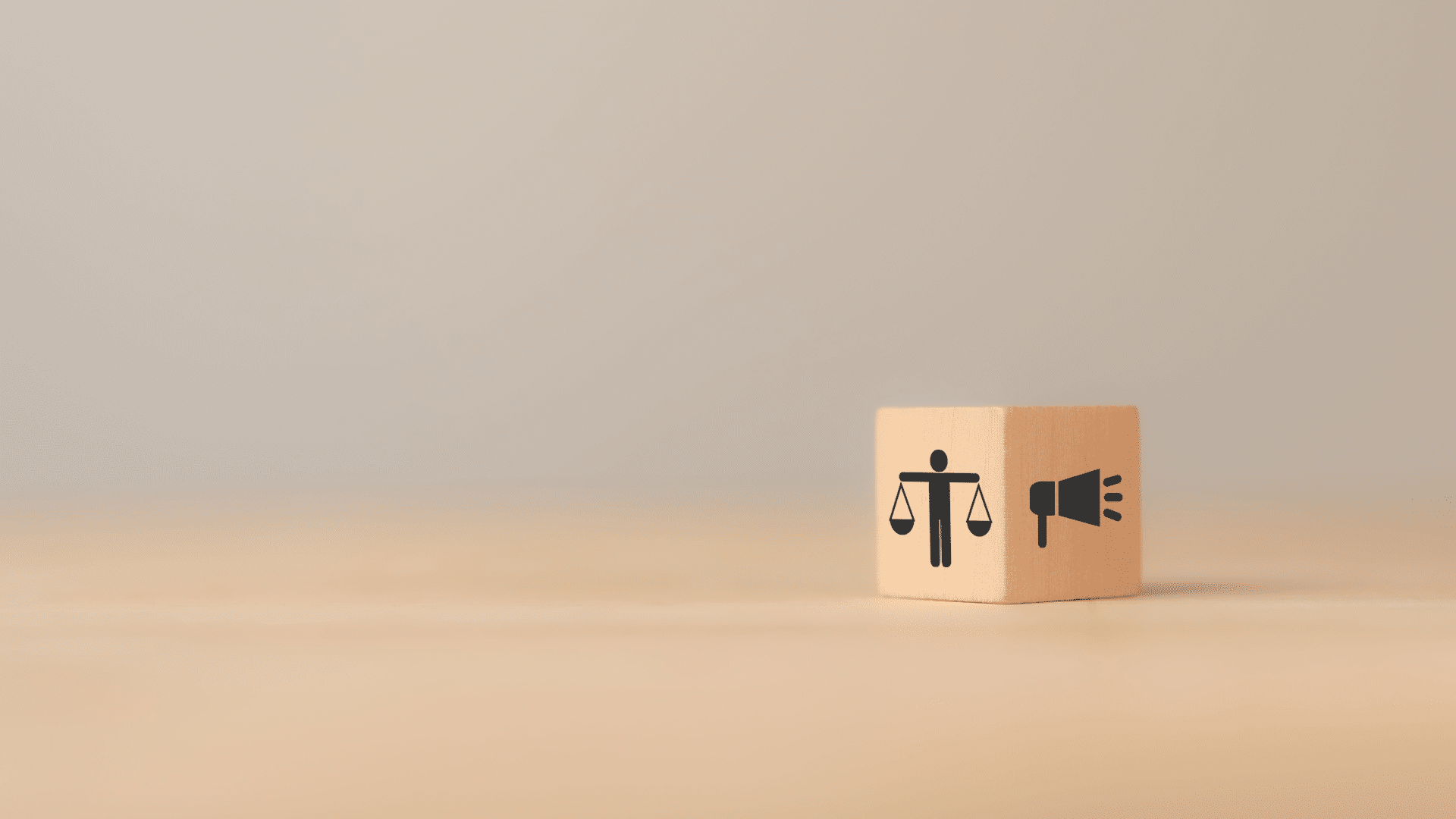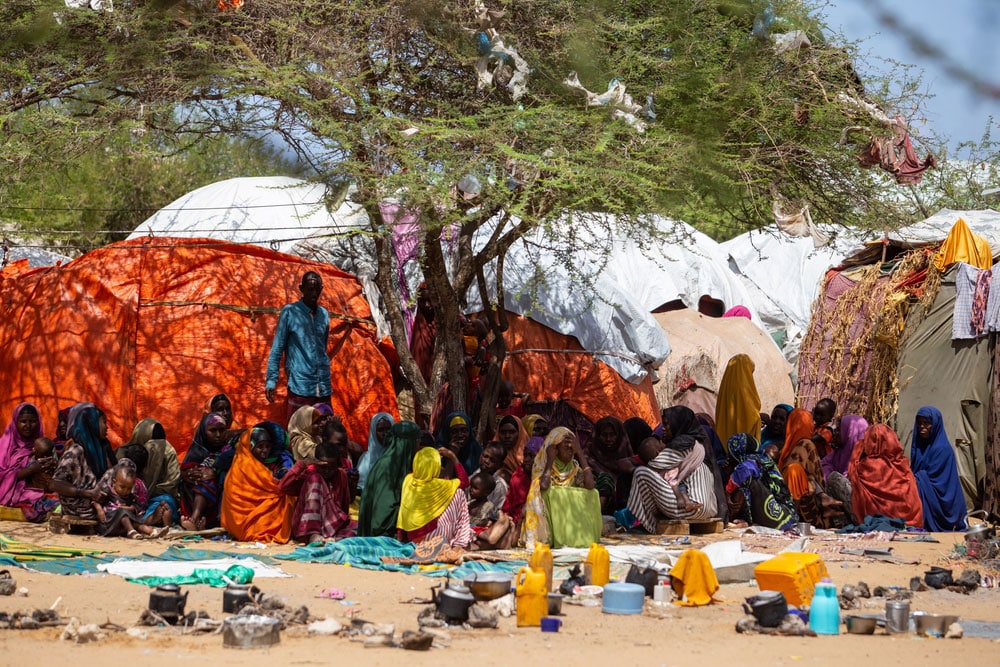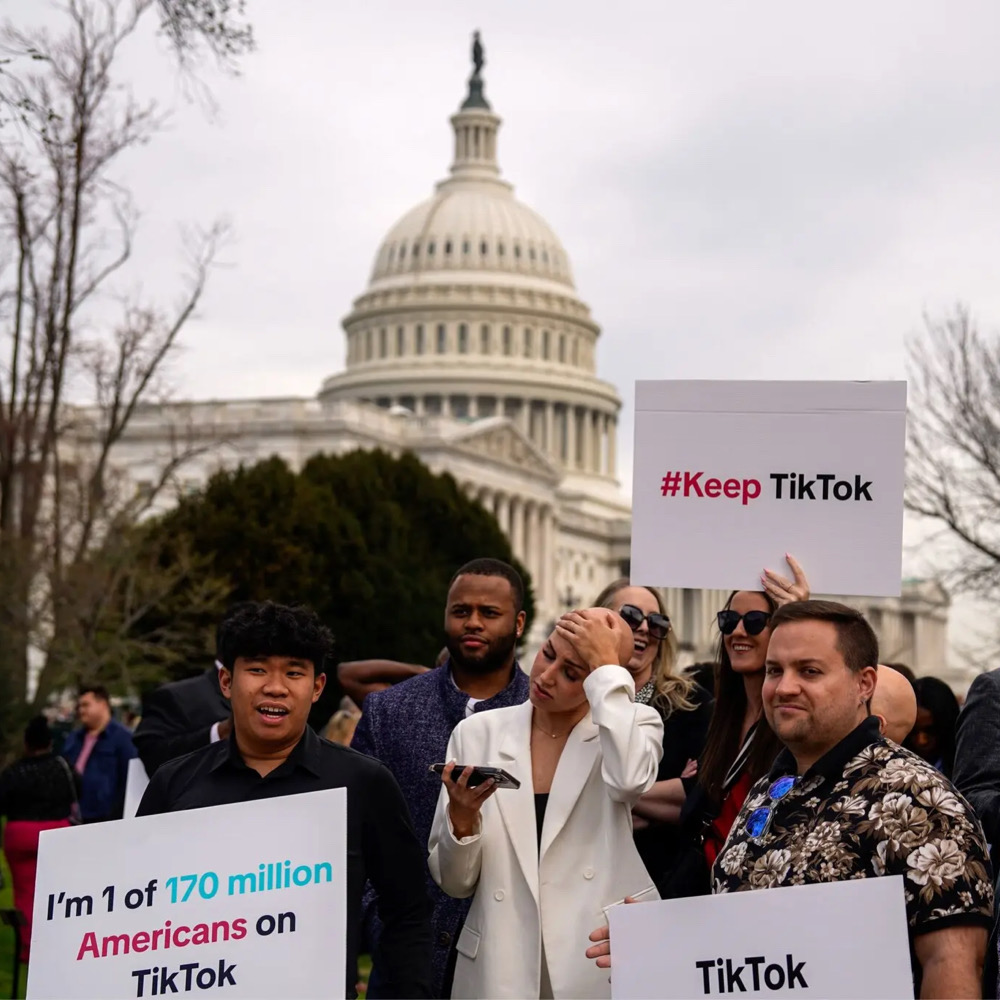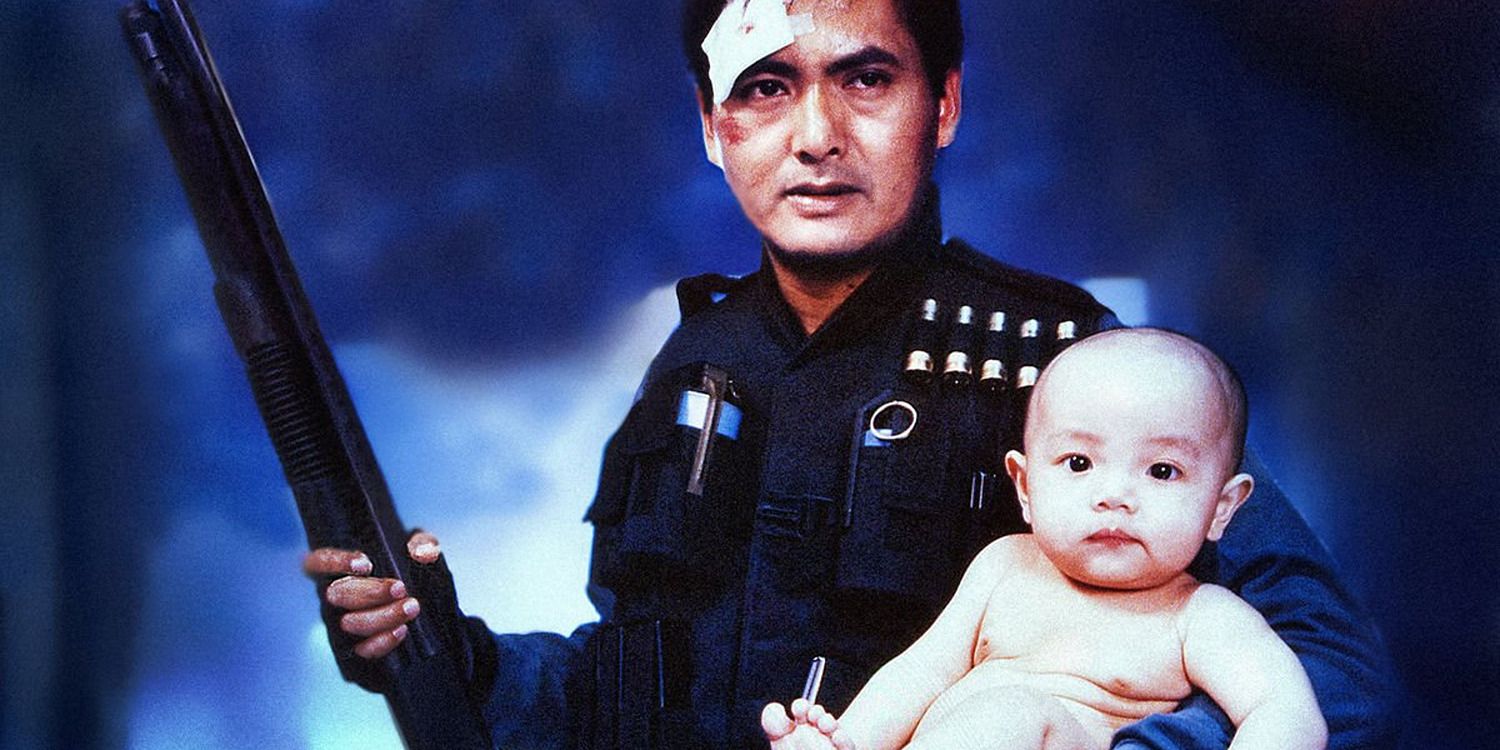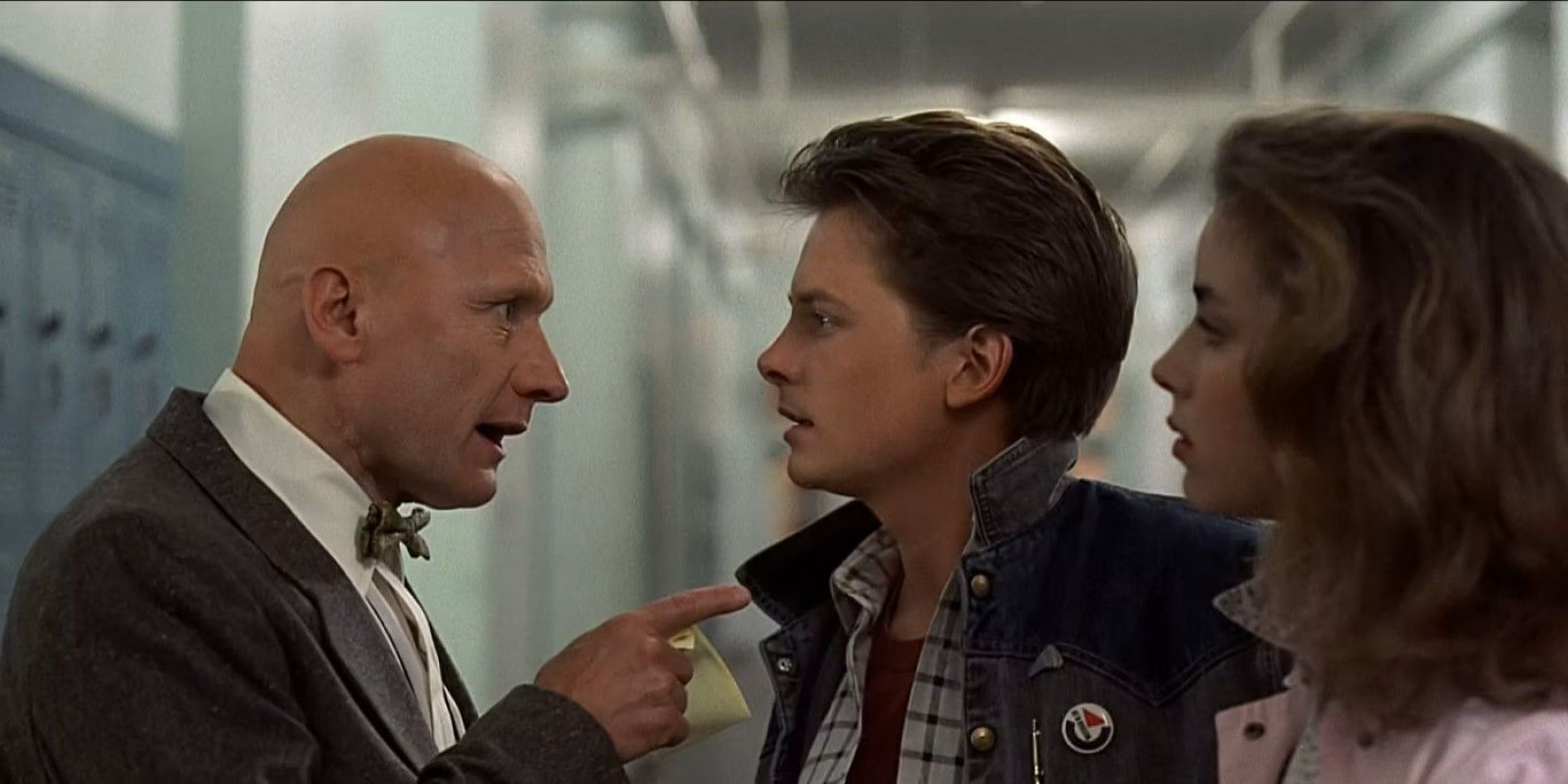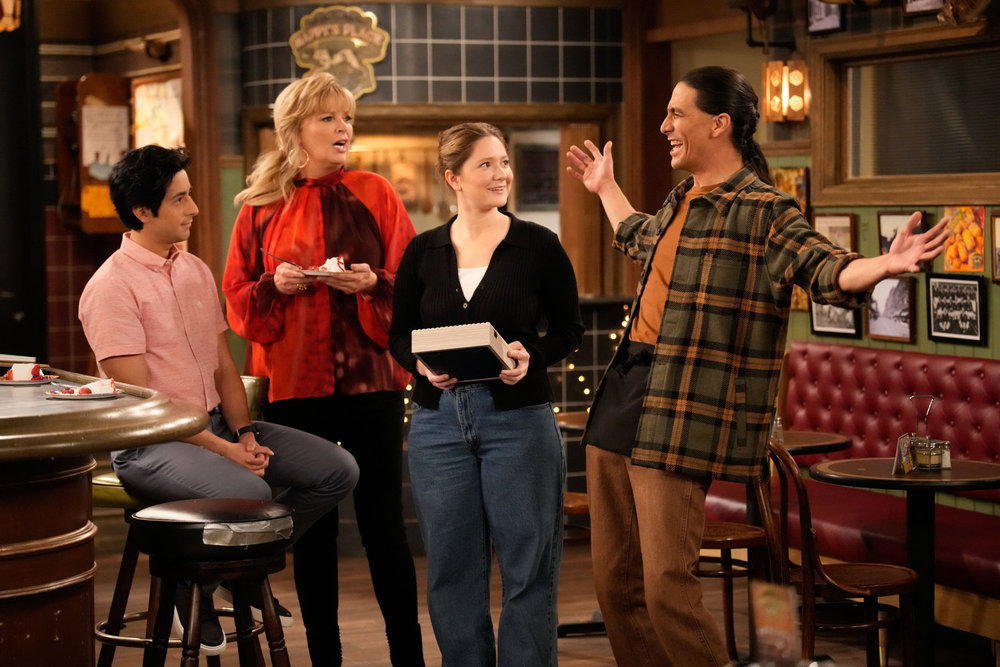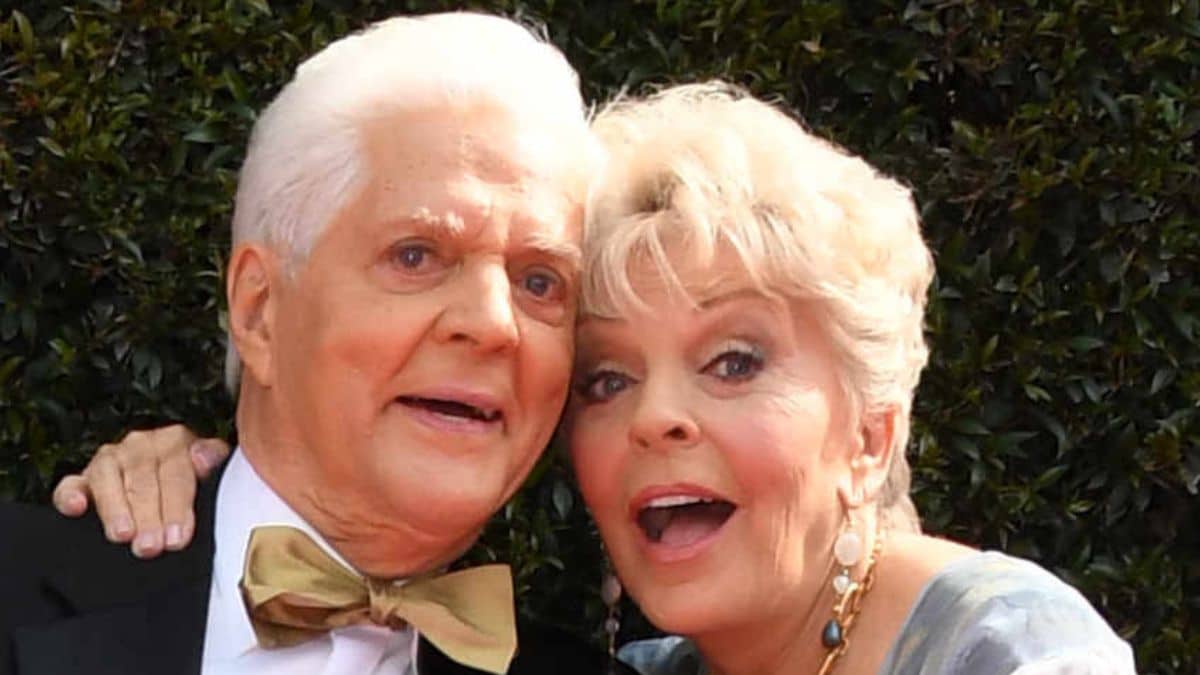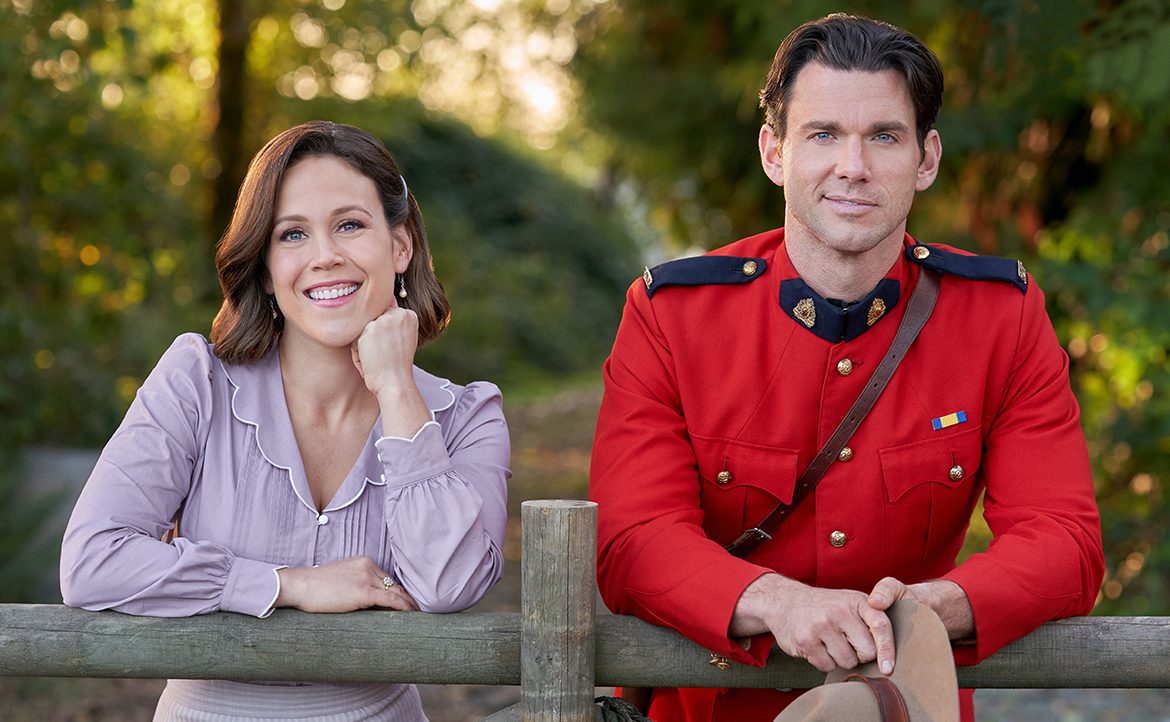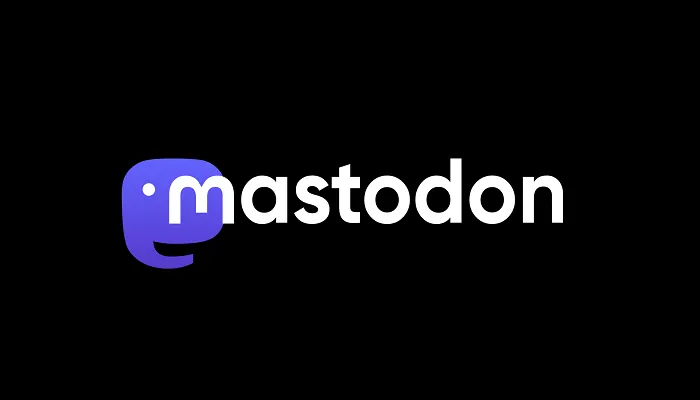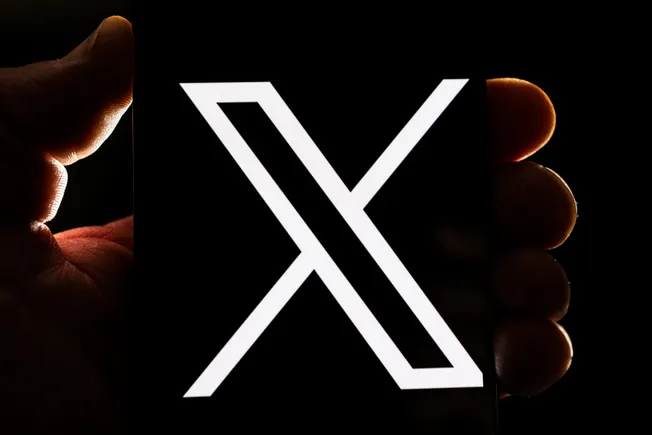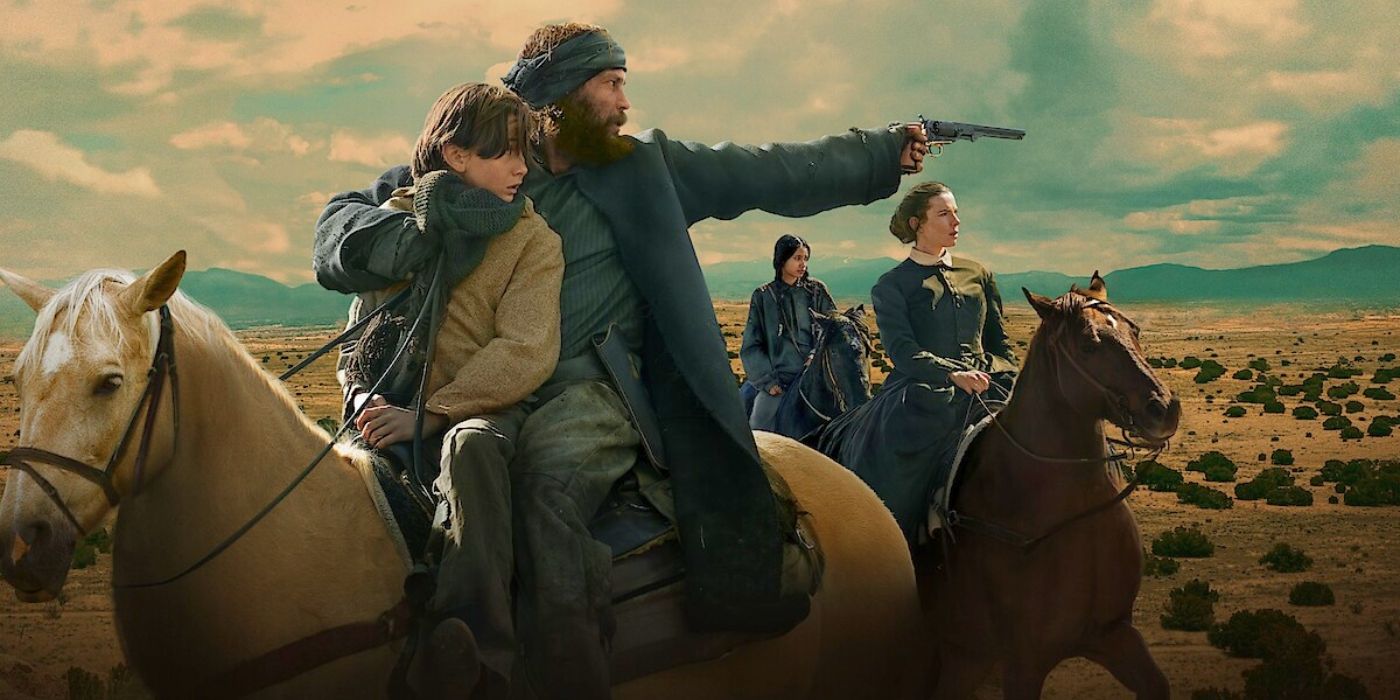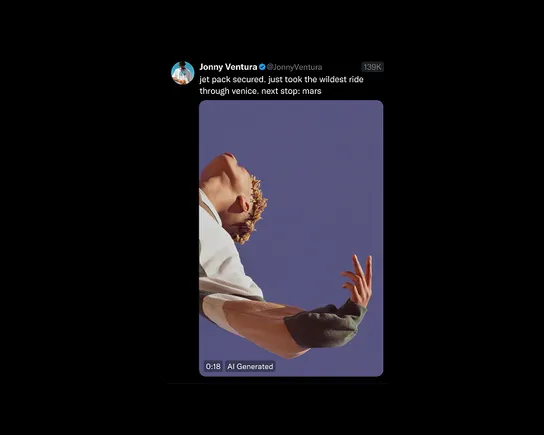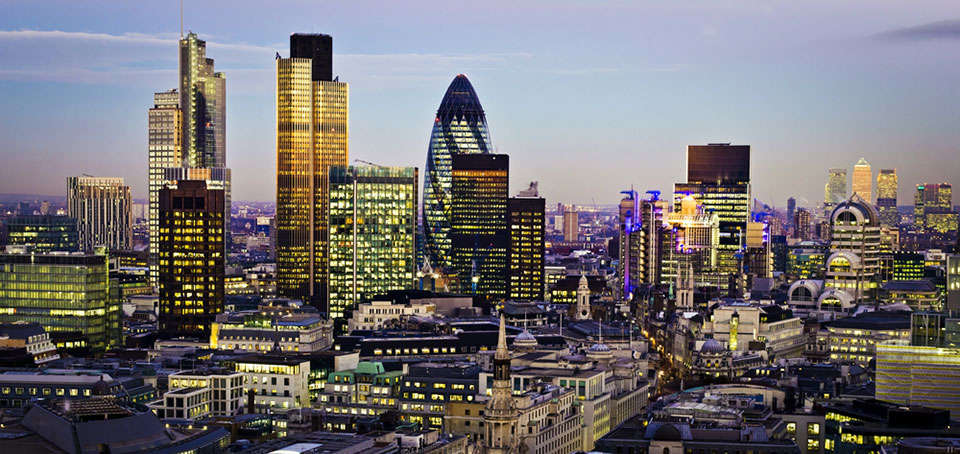That roar! A beastly bellowing that portends much crushing of tiny villages and rending of high voltage wires. The thunderous call was created by Akira Ifukube, who found that mixing animal noises was too natural a sound for Godzilla. What was needed was the roar of a creature that had never been heard before, something unique and frightening. The composer explained how it was done,
“For the roar of Godzilla, I took out the lowest string of a contrabass and then ran a glove that had resin on it across the string. The different kinds of roars were created by playing the recording of the sound that I’d made at different speeds.”
From the silly to the serious and a dude in a rubber suit to CGI. Starting as a villain, then a hero, back to villain and on and on, Godzilla has gone through many changes and interpretations since it first stomped out of the sea in 1954. (Godzilla’s pronoun is “it” in the original Japanese but “he/him” in the English dubbed versions.)
Forget “He” Or “She” – Godzilla Is A Gender-Neutral Icon – TheGamer
Kaiju is a Japanese word meaning strange beast. Godzilla is considered the first kaiju film although director Ishirō Honda was influenced by the original King Kong, as Kong can be regarded as a forerunner in this film genre.
Godzilla debuted in 1954 and is often confused with Godzilla, King Of The Monsters! That flick was a heavily edited and Americanized version of the original with the addition of Raymond Burr. King Of The Monsters! inserted Burr as American reporter Steve Martin, filming him alongside body doubles to give the appearance that he was part of the original production. The rewrite blunted the emotional impact of Godzilla by changing or removing important themes. Critic Danny Peary stated that the producers had made “deletions that arouse suspicions regarding the cover-up of references to damage done by the A-bomb.”
Gojira is an ancient beast whose domain is the sea, and when a small fishing village is traumatized by the loss of boats, sailors, and fish, it’s seen by the locals as a portent of doom. As they perform a dance on the beach to appease the creature, a village elder watches the ritual and explains that the dance is all that is left from what they did in the old days.
“A giant terrifying monster. Once it easts all the fish in the sea it will come ashore and eat people. In the old days … we’d sacrifice a young girl. Send her drifting out into the middle of the ocean.”
Sacrifices and dances won’t stop the big G from leaving footprints, trilobites, and radiation in the sand as it makes its way inland. As the military and scientists try to find a way to stop Godzilla’s destruction, one man, Dr. Serizawa, may have the solution. He describes it as “A weapon of mass destruction.”
In an obvious reference to what is really at the heart of the film, the horrors of nuclear fallout and the devastation inflicted by the atom bomb., producer Tomoyuki Tanaka remarked, “The theme of the film, from the beginning, was the terror of the bomb. Mankind had created the bomb, and now nature was going to take revenge on mankind.”
Since 1954, Godzilla has battled many foes across 38 films. Starting with Anguirus in the second film, the lineup includes Mothra, Rodan, Ghidorah, Mechagodzilla, Destoroyah, and a few battles with King Kong. But a truly fantastic fight was waged against OwlKitty.
Godzilla stars Akira Takarada, Momoko Kōchi, Akihiko Hirata, and Takashi Shimura. Directed by Ishirō Honda.
Available with subscription on Max. For free with ads on YouTube, Plex, Crackle, Tubi, and Pluto TV.
To make requests and see the movie lists and schedules, go to WonkMovie.
Our cartoon is Bambi Meets Godzilla from 1969. Written and animated by Marv Newland.
Tomorrow on ziggy’s stack I will be hosting a matinee showing of Godzilla Minus One (2023) at 4 p.m. ET.














